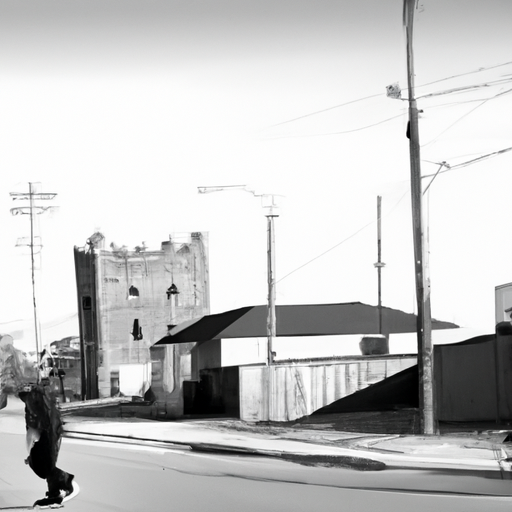Addressing the Rising Opioid Crisis in Algoma: A Call to Action
It has often been stated that a measure of society’s compassion can be judged by the way it treats its most vulnerable. Going by this maxim, some hard questions need to be raised about the ongoing opioid crisis afflicting Canada, and particularly the Algoma region, as highlighted in a recent article in SooToday.
The Unseen Impact of the Opioid Crisis
Our community is grappling with a crisis that extends its reach far beyond the alarming death toll—by impacting families, increasing crime rates, pressurizing an already strained healthcare system, and ultimately by eating away at the social fabric of our neighborhoods.
The opioid crisis has not only led to an increasing number of fatalities but has also been a significant contributing factor to homelessness and crime in communities across Algoma. An undeniable link exists between socioeconomic issues such as homelessness, escalating crime rates, and drug addiction.
The Rising Death Toll in Algoma Region
In Algoma, opioid-related deaths have continued to rise with disturbing regularity. According to the article published in SooToday, in 2016, there were a reported 40 deaths resulting from opioids, which only marked the beginning of this escalating crisis.
Efforts to Combat the Crisis
Several efforts have been made to combat this crisis, indicating that it has been recognized as a priority by local and national entities.
- The community has come together to propose a Class Action Lawsuit against opioid manufacturers, holding them accountable for the impact their drugs have had on public health.
- A Community Drug Strategy Committee has been established, with key community leaders spearheading initiatives on prevention, treatment, harm reduction, and law enforcement.
- The introduction of the use of naloxone, a medication used to reverse the effects of opioid overdose, has been identified as one short-term solution to this growing problem.
The Opioid Class Action
One progressive step is the initiation of a class-action lawsuit against forty opioid manufacturers and wholesalers. The lawsuit will seek compensation for the costs endured by the plaintiffs due to the opioid crisis. It aims to recuperate costs related to opioid addiction, including emergency medical services, hospitalization, treatments, and counseling.
This ground-breaking move is positive news, signifying that there is acknowledgment of the severity and magnitude of the crisis and that those responsible for its propagation will be held accountable.
On-the-ground Initiatives
The Algoma region has seen a surge in grassroots initiatives intended to address the various elements of the opioid crisis.
The Community Drug Strategy Committee, an amalgamation of community leaders and stakeholders, is actively working towards a multi-pronged approach that addresses prevention, treatment, harm reduction, and law enforcement.
Clearly, the efforts are intended to be systemic and rooted in community resilience; a testament to the determination of the residents of Algoma to curb this menace.
The Role of Naloxone in Easing the Crisis
The increasing distribution and use of naloxone, a life-saving medication that can quickly reverse the effects of an opioid overdose, has been another proactive measure put in place. This intervention has been effective as a short-term solution to prevent fatalities, ensuring that individuals struggling with addiction have another chance at recovery.
In Summary
The opioid crisis in Algoma, like elsewhere in Canada, is a stark reminder of the multifaceted challenges posed by drug addiction. As the death toll mounts and the social impact intensifies, it is clear we must collectively direct our resources towards a unified response.
The class-action lawsuit against opioid manufacturers, the formation of the Community Drug Strategy Committee, and the introduction of naloxone are all positive developments in efforts to tackle the crisis, each addressing a different facet of the problem.
Ultimately, as we continue to address this crisis, let us remember that behind every statistic is a human story. This is about our neighbors, our friends, our family members. It’s about real people living and struggling with addiction. It’s about the well-being, resilience, and compassionate response of our communities. Our hope lies in our collective action and response geared towards prevention, recovery, and the reclamation of lives lost in the grip of this crisis.
